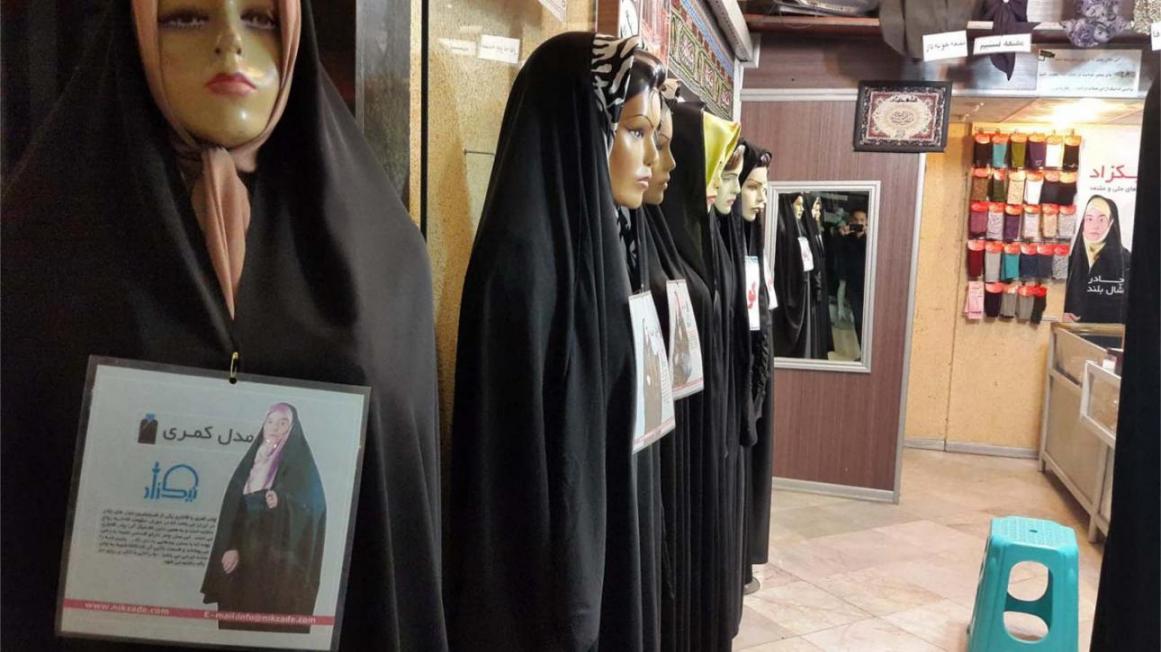A study by the parliament’s research center indicates that Iran spends an average of $42 million annually on the import of black fabrics used for chador – a full-body-length semicircle of fabric worn by many Iranian women – while domestic production meets only about 1% of the demand.
While until two years ago, only one factory in Shahr-e Kord in Chaharmahal and Bakhtiari Province manufactured around 800,000 to 1 million square meters of the fabric annually, the factory was closed down in 2012. Currently two manufacturing units in the provinces of Yazd and Kermanshah produce about 1 million square meters per year depending on orders.
This is while domestic demand is estimated at around 80-90 million square meters, with potential to increase up to 150 million square meters. The high demand for the black fabric is met by imports from countries such as South Korea, China, Japan, Taiwan, Indonesia and India, according to a report by Persian daily Ta’adol.
In the years from 2005 to 2012, Iran imported approximately 505 million square meters of black fabrics used for chador, valued at $333 million. Imports increased by three-fold after the government reduced import tariffs on the black fabrics in 2007.
But the reduced import tariffs did not benefit the consumers as the prices in the domestic market increased year on year. While each square meter of the imported fabric costs around $1.5-$3 in the producing countries, it is sold between $10-$15 in the domestic market.
Meanwhile the study suggests that domestic production units have the capacity to manufacture around 30 million square meters of the fabric annually. This rate of production could cater to at least 30-40% of the domestic demand. What then is preventing domestic manufacturers from achieving their maximum potential?
Challenges to Production
Use of out-dated machinery and equipment, no or little investment by the private sector, lower quality and higher finishing costs of domestic products compared with the imported fabrics (low competitiveness), low import tariffs on foreign products and being an order-based industry are seen as some of the main challenges faced by the industry.
The parliamentary research center suggests some remedies to the problems facing domestic production, among them: increasing import tariffs on black fabric to correspond to other fabric imports (i.e. from the current 10% to 32%), offering low-interest loans from the national development fund (NDFI) with the aim of developing and upgrading the existing production units, gradually reducing import of black fabrics in line with the increased production, and imposing the necessary policies and regulations to restrict illegal import of black chador fabrics.


